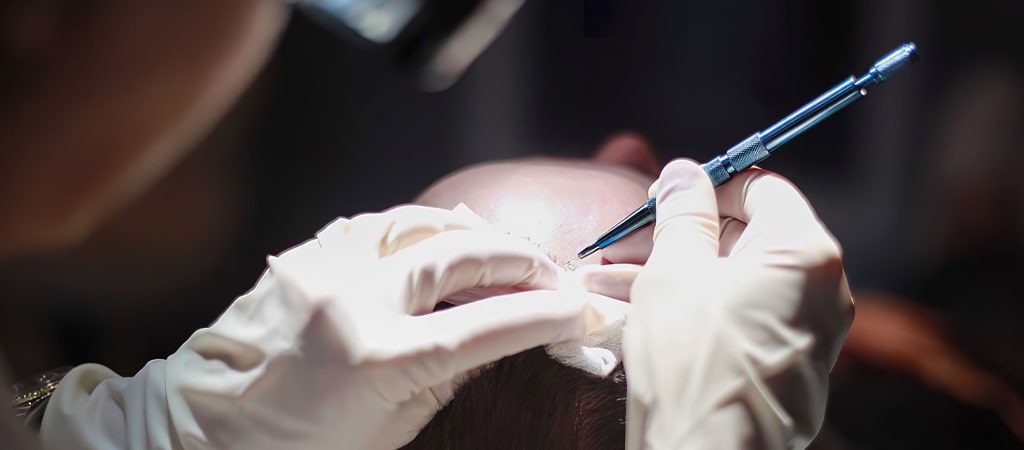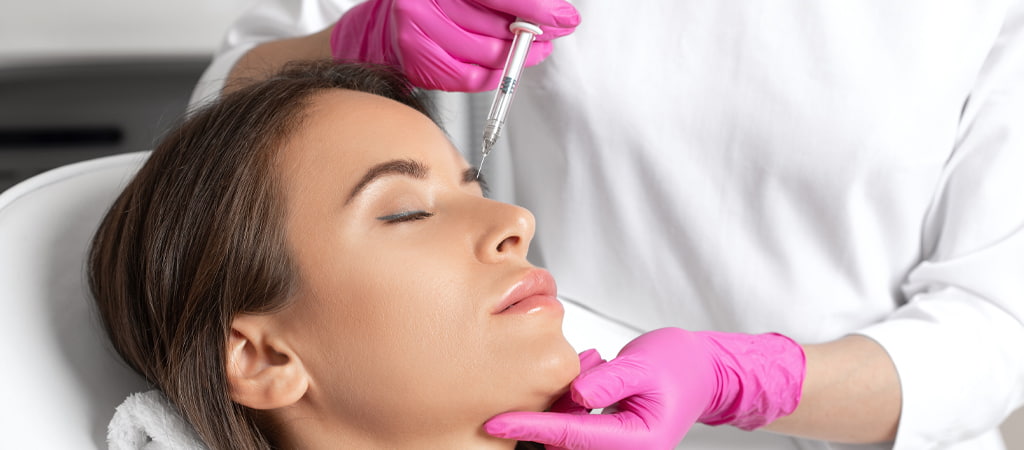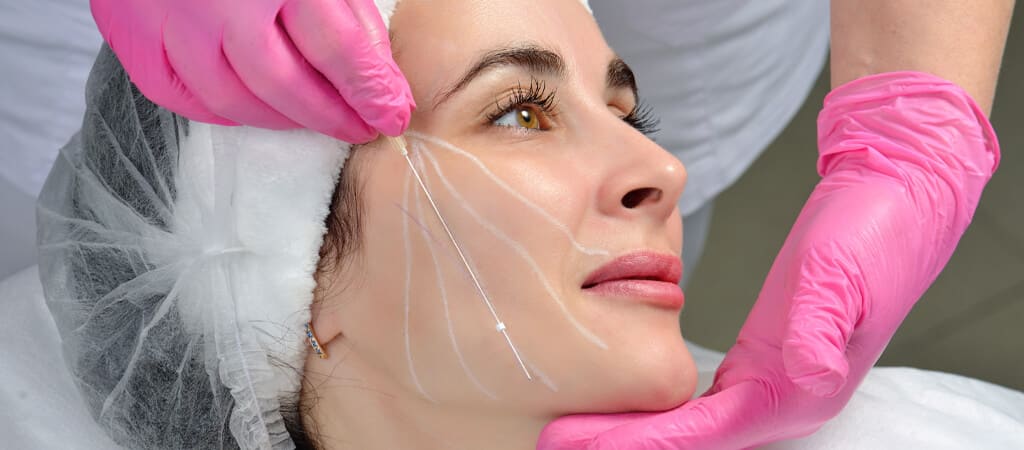What Is A Beard And Mustache Transplant?
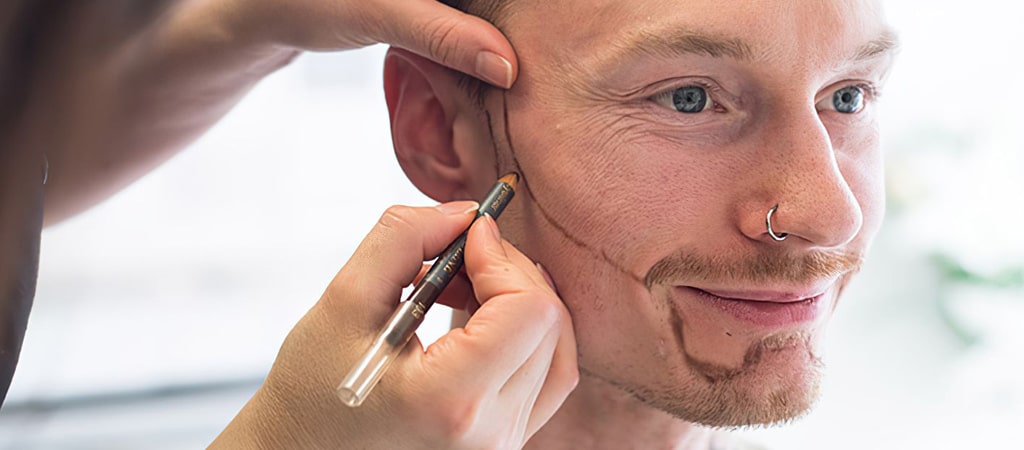
A Beard and mustache transplantation is the process of separating the hair follicles taken from the nape of the neck one by one and transplanting them to the balding areas of the beard and mustache. Beard and mustache deficiency is usually caused by genetics, hormones or alopecia areata (ringworms) and is normally a chosen transplant method if there is trauma on the skin and/or area.The steps in the procedure are the same as the steps applied during a hair transplantation. Hair follicles taken from the nape of the neck are transferred to the channels opened in the beard and/or mustache. It is performed with DHI or FUE method under local anesthesia in a period of approximately 7-8 hours.
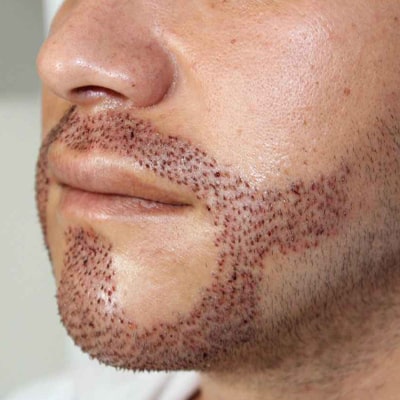
Who Is Suitable For A Beard And Mustache Transplant?
A beard and mustache transplant is suitable for men between the ages of 18-60. The procedure is especially popular for men who have reached a certain age where hair growth in the beard and mustache has stopped as a result of genetic factors.
If the skin is suitable for transplant, the procedure is also beneficial for skin that has been damaged due to burns or other reasons.
How Is A Beard And Mustache Transplant Performed?
The first stage involves an evaluation of the patient’s hair condition, and the quantity of hair follicles is analyzed. The measurements are made by drawings on the patient’s face, before planning the operation. The area to be treated is then numbed by applying local anesthetic so that the patient does not feel any pain during the procedure.
The second stage is the removal of the hair follicles to be used in the beard and mustache area from the donor area. This stage involves the collection of hair follicles from the nape of the patient’s neck using a micromotor.
The third stage is the channel opening and transplantation stage. The channels where the hair follicles taken from the patient’s nape area will be placed are prepared. With a thin channel opener, channels are opened in the designated area in the beard or mustache area and hair follicles are transferred to these channels. During these procedures, the patient does not feel any pain due to the effect of local anesthetic.
Recovery Process After Transplant
The healing process after a transplantation is approximately 15 days. The transplanted area will be very sensitive for the first few days, so facial cleansing should be done carefully for the first 10 days, and no products other than the creams and lotions recommended by the specialist should be used during the process. The right products ensure that the healing process is more effective and quick. The most important factor in this process is protection. Patients should avoid activities that may cause impact and bring on irritation as much as possible. As with regular hair transplantation, the crusting and shock shedding phase applies to this application too. Stronger and healthier hair growth occurs after the shock shedding phase.
Advantages Of A Transplantation
A beard and mustache transplant is an aesthetic procedure, therefore patients can choose the style of beard that they desire. Sparse areas can be densified and areas of reduced hair growth due to a trauma can be filled if the skin is suitable for transplantation. During the procedure, the person does not feel any pain or soreness.
Beard and Mustache Transplantation FAQ’s
What preparations are required before a beard and mustache transplantation?
What preparations are required before a beard and mustache transplantation?
A thorough plan is made before the commencement of the operation, including measurements and drawings in the beard and mustache area to determine how many hair follicles are needed.
How long does it take to return to normal life after beard and mustache transplantation?
How long does it take to return to normal life after beard and mustache transplantation?
Patients who undergo a beard and mustache transplant can expect to return to normal life shortly after the procedure. After the procedure, the beard and mustache begin to grow from the second month onward. Growth continues for 1 year and at the end of the year, a completely natural beard is achieved without the issues of shedding. Patients can shave 20-25 days after the procedure and after 10 days, the operation scars start to gradually disappear. Thus, patients can return to normal life in a short time after the beard and mustache procedure.
Are there any risks in a beard and mustache transplantation?
Are there any risks in a beard and mustache transplantation?
Contrary to popular belief, a beard and mustache transplant is a very easy operation and is among the minimally invasive surgical procedures.
What should be considered after a beard and mustache transplantation?
What should be considered after a beard and mustache transplantation?
Patients must pay attention to a few points after a beard and mustache transplant procedure. These include:;
After the procedure, activities which carry a risk for impact should be avoided and sleeping positions should be taken into consideration.
After the procedure, the transplant area on the face should be protected from water.
In order to eliminate the risk of infection, the operated area should be cleaned regularly and carefully. Harsh scrubbing should be avoided and extra care should be taken.
The first shave should be done at least 10 days after the procedure.
The first shave after the procedure must be done with a razor.
How long does a beard and mustache transplantation take?
How long does a beard and mustache transplantation take?
A beard and mustache transplant is generally not a very long procedure, however, this does vary from patient to patient depending on the width of the area where the procedure will be applied and the patient's need for the hair follicle. On average, a beard and mustache transplant can take an average of 7-8 hours.
Which technique is used for a beard and mustache transplantation?
Which technique is used for a beard and mustache transplantation?
A beard and mustache transplant can be performed with an FUE, sapphire FUE and DHI method, however a DHI method is generally used in this application.
Can a beard and mustache transplantation be performed on beardless men?
Can a beard and mustache transplantation be performed on beardless men?
A beard and mustache transplant is a method that can be applied to people whose donor area is suitable for graft harvesting, even if they have stubble.
Can a beard and mustache transplant be performed together with a hair transplant procedure?
Can a beard and mustache transplant be performed together with a hair transplant procedure?
This procedure is possible, but the quality and density of the hair follicles in the donor area is the determining factor.
Can a beard and mustache transplant be done on an area with a wound or burn?
Can a beard and mustache transplant be done on an area with a wound or burn?
Beard and mustache transplantation is not only performed in cases of sparseness, baldness, and alopecia areata, but a beard and mustache transplant also plays a saving role especially in cases of aesthetic problems such as burns, scars and beard breakage. If the skin is suitable for transplantation, the procedure may be an option for other aesthetic purposes like skin trauma.


